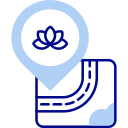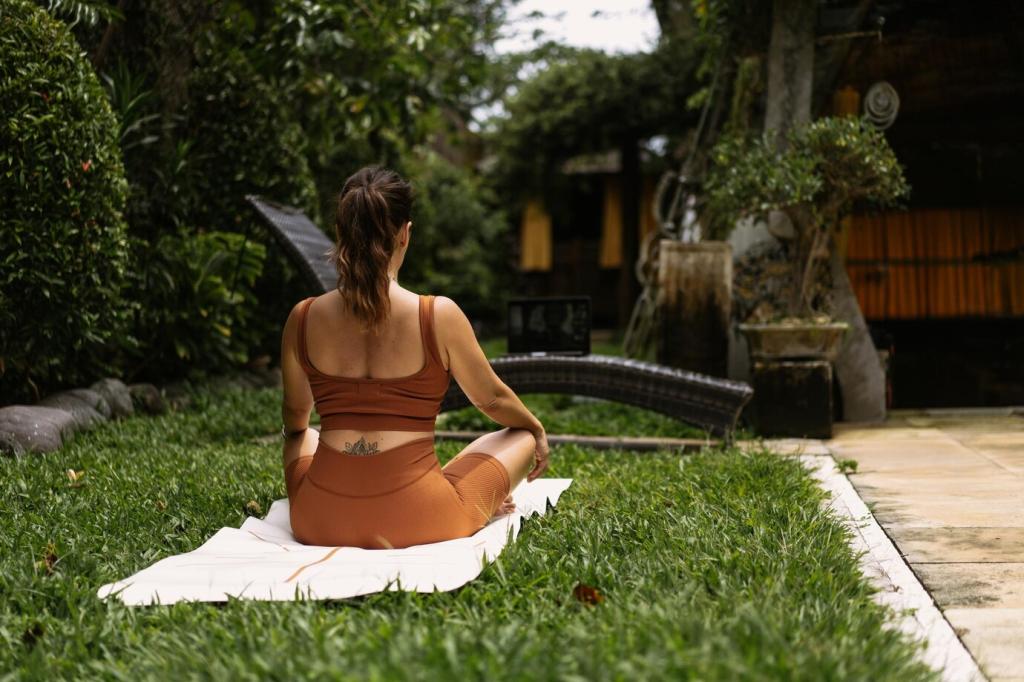Carry Calm into Everyday Life
Place a rolled towel behind your low back and rest ankles on a stool for two minutes. Close your eyes or unfocus your gaze, breathing long exhales. This tiny restorative pause refreshes attention and clears mental static mid-afternoon.
Carry Calm into Everyday Life
Leave your phone outside the bedroom. Sit at the bed’s edge, fold forward onto a pillow in your lap, and breathe slowly. Two minutes here can cue deeper mental rest. Comment with your ritual and subscribe for weekly gentle prompts.




